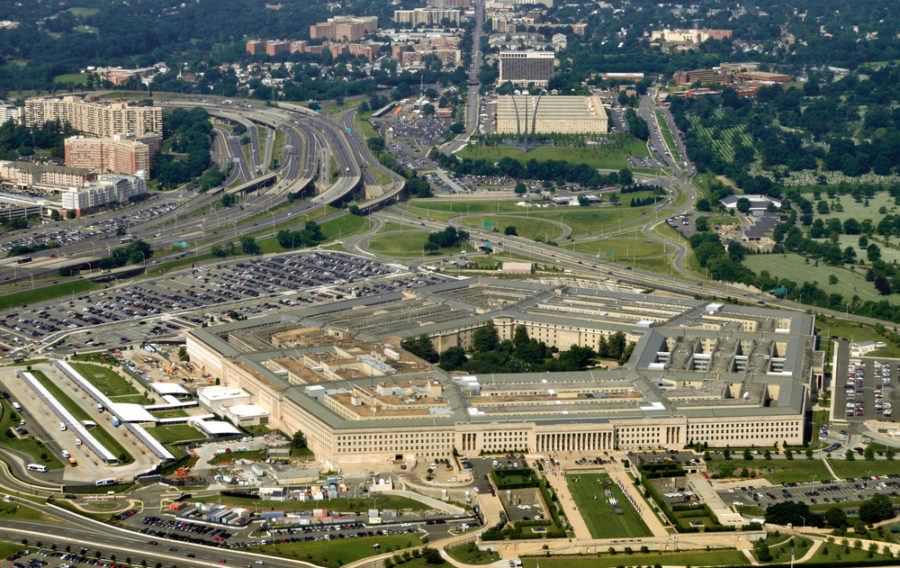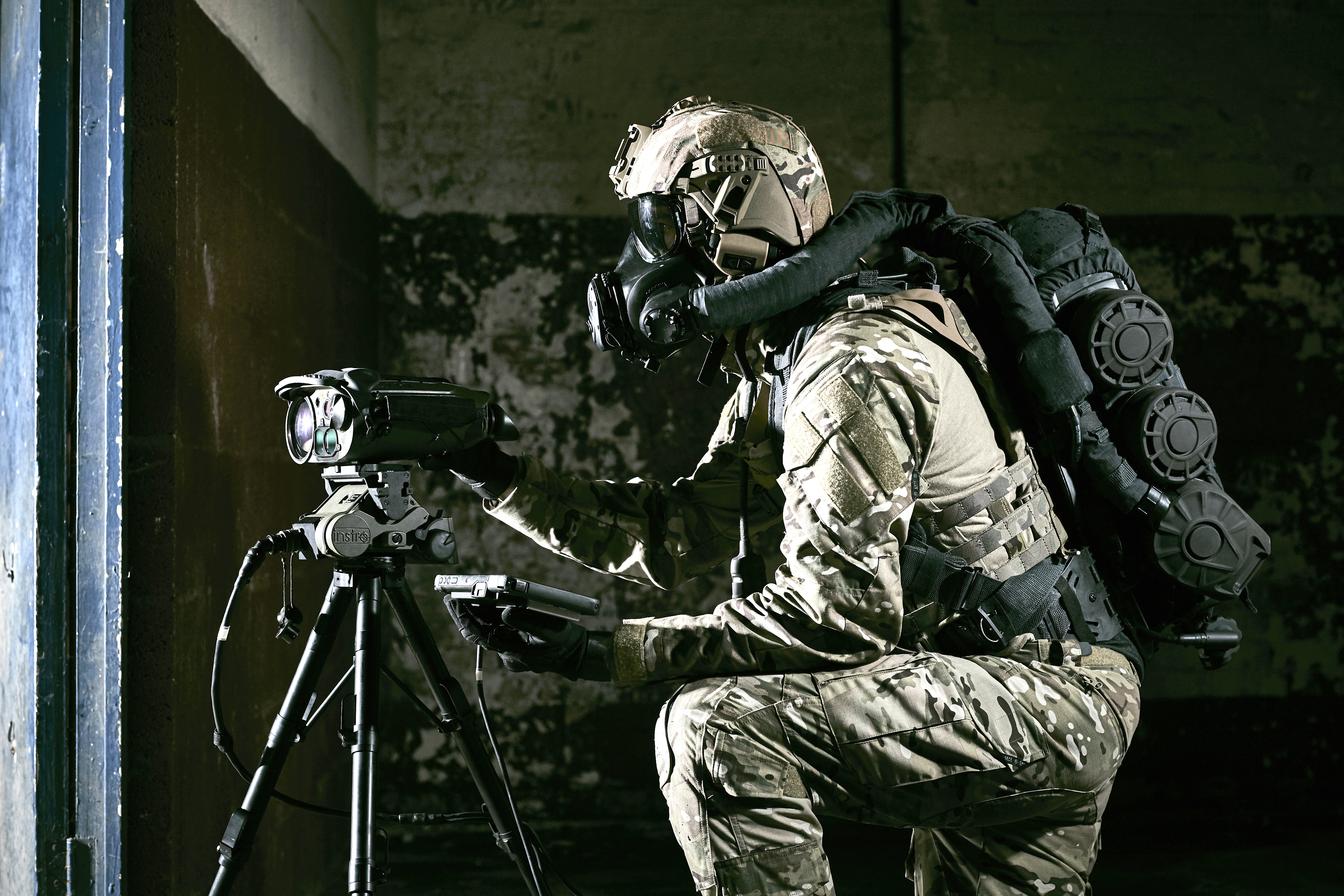
A survey conducted by the Pentagon indicated a nearly 50% rise in sexual harassment and assault cases in 2 years.
The startling data comes in spite of the fact there have been several programmes aimed at highlighting and reducing sexual harassment cases in recent years. A total of 747 anonymous students said they had received unwanted sexual contact, up from 507 the year previous.
This is in contrast to the number of official reports, indicating victims are unwilling to come forward. Army, Navy, and Air Force cadets reported just 117 incidents in 2017-2018, which also showed an increase from the previous year.
The Pentagon survey showed 16% of women and just over 2% of men had been victims of harassment, unwanted contact, or assault. The data also showed that students had confidence in leadership, but less so in their peers.
Cases that are officially reported result in levels of investigation, and few result in disciplinary action. Politicians have described it as a ‘crisis’, and senior military leaders have agreed that improvements must be made.
The figures are higher for those in academies than personnel in active service. It is more difficult to compare the prevalence of sexual harassment in military education to civilian colleges, as they don’t conduct regular surveys.
New action against misconduct has been put in place over the last year, including greater background checks prior to enrollment, monitoring social media, stricter rules on alcohol consumption, and training cadets in the issue of sexual assault. In light of the new figures, military leaders and politicians are asking what else can be done.
If you would like to join our community and read more articles like this then please click here
Pentagon recruitment sexual harassment United States of America US Air Force US military US Navy Women in Defence








